Stay Healthy When You Return to Work
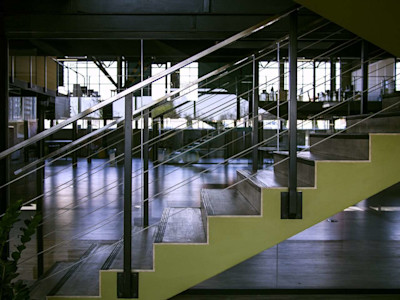
Updated on May 11, 2021
Here in the United States, we have cause for celebration with unemployment going down and the rate of vaccinations going up. However, the coronavirus is impacting the return to work strategies for employers. There are ways to ensure the safety of your health and protective methods you can implement for employees using social distancing office furniture and best social practices post-COVID.
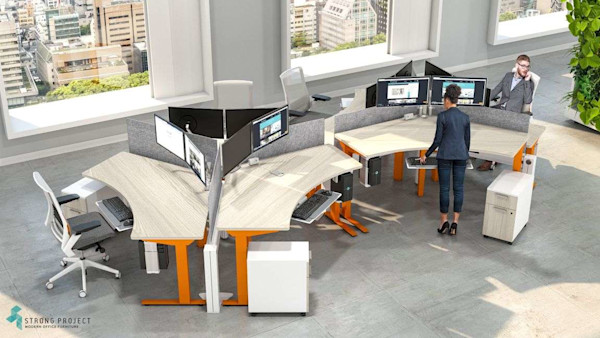
Back to The Office After Covid Guidelines
It's all about vigilance and preparation using a customized management system. Make sure employees and leadership are on the same page by distributing guidelines well in advance so everyone can prepare. Buffering extra time for health checks and space to complete tasks will help lower stress levels.
Socialize...at a Healthy Distance.
Your business can increase or create the recommended distance by moving around workstations, implementing flexible COVID screens, using special post-COVID office furniture, and directing traffic, and establishing signage.
Do a Temperature Check at the Entrance.
One of the individual symptoms of COVID-19 is a temperature reading above 100.4° F. Be sure that managers or office screeners who are conducting temp checks are properly protected using protective screens and maintain social distancing of six feet if employees are screening themselves.
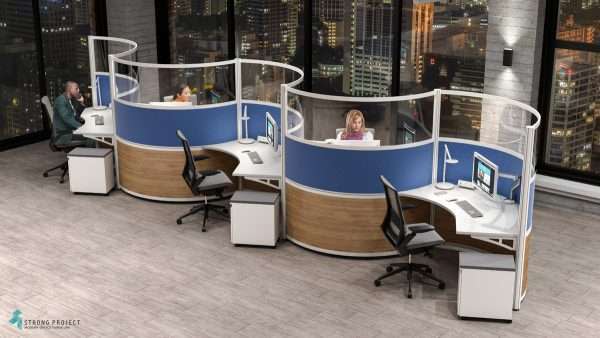
Set Up Plenty of Hand Sanitizing Stations.
Providing access to hand sanitizing stations throughout the workplace will help remind employees to consistently keep their hands clean. Each employee should be responsible for using an approved hand sanitizer for personal use or use the office stations on a regular basis.
Deep Cleaning is a Must.
To prevent the spread of infectious diseases—including the common cold and flu—it's best practice to establish a deep cleaning routine with your staff or janitorial team.
Establish Healthy Mask Requirements Aligned With Local Regulations.
Next, hold orientation sessions with employees on how to correctly wear a mask, areas where they can remove their masks (such as the employee lunch or lounge tables, or at their personal workstation) if they are allowed to do so, and ways to communicate with peers while wearing masks.
Educate Employees and Supervisors Before They Return To Work
Employees and supervisors can take responsibility for their own health outside the workplace to ensure public safety. There are some recommended additional measures each person can take in our post-COVID world, or employers can implement to prioritize health and wellness:
Each employee can take their own temperature before leaving for work and alerting managers before going into work.
Employees who have been in contact with a COVID-19 positive individual should stay home and work from home so they don't risk spreading the virus, even if they themselves are asymptomatic.
Everyone must agree to adhere to company guidelines and work together to implement COVID precautions. If one person dissents, it can cause a ripple effect in company morale.
Offer additional wellness programs in or outside of the office, such as meditation, yoga, massage therapy, nutrition classes, gentle movement such as tai chi, or simply an "unplug and rest" time after lunch.
No large gatherings or office parties.
Return to Work Strategies
After socially distanced commercial furniture and workstations, the most important assessment to be made in an office is the state of the ventilation system. Explore upgrades recommended by the CDC (Center for Disease Control) and keep routine HVAC maintenance in place, changing out filters more often than usual.
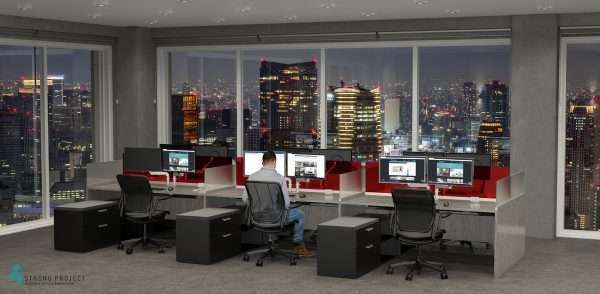
Open-plan office concepts can present a problem in a post-COVID society. So, it's up to employers to install social distancing office furniture to minimize the spread of germs. Social Distancing Cubicles, for example, feature higher walls for better division and shielding while utilizing materials that allow natural light to flow through. Non-porous materials are key! Companies will want to look for enhanced privacy cubicles such as laminate, acrylic, glass, and marker board. Materials like these can be cleaned and disinfected. If your budget doesn't allow for a full office renovation, consider retrofit solutions for your existing furniture. Great examples include cubicle privacy screens, clamp-on desk dividers, and cubicle height extenders.
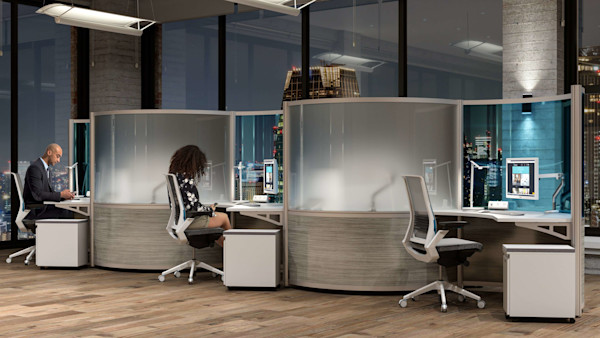
Creating marked pathways for kitchens and employee lounges will help direct the flow of foot traffic. Additionally, it will reduce bottlenecks while waiting to grab lunch from the fridge or sit down for a break. Encourage employees to bring personalized items such as phones, headphones, writing tools, reusable mugs, or water bottles.
The Workplace After COVID-19: New Normal
The return to work after Covid may be anxiety-inducing. But, if the entire company creates a "new normal," then everyone can feel and be safe. One of the most effective practices is establishing regular, open communication between leadership and employees when you return to work. Be honest with employees and with each other. Voice any safety concerns and ask for flexibility from management, or suggest recommendations. C suite leaders can implement suggestion times or forms to regularly collect input from staff.



